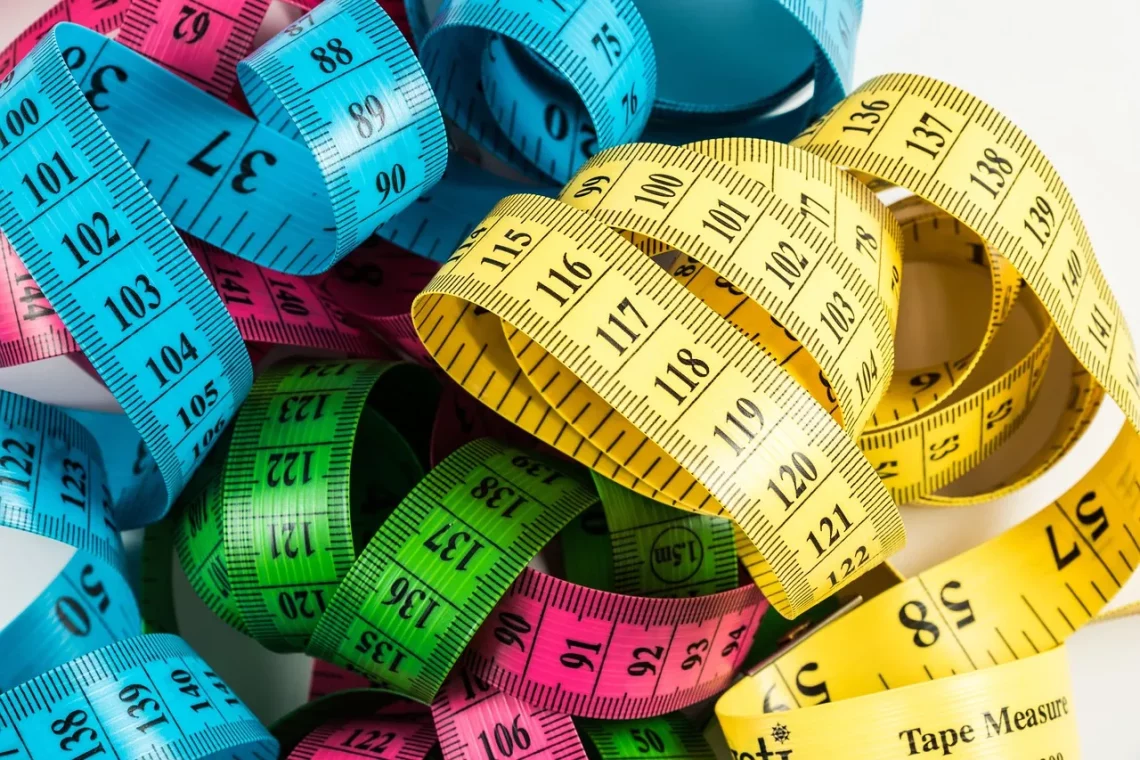-
Converting Picometers to Angstroms: A Simple Guide
The realm of measurements is a fascinating one, particularly when delving into the microscopic dimensions that define the building blocks of matter. Among the various units used to quantify these minuscule distances, picometers and angstroms stand out as essential tools in fields such as physics, chemistry, and material science. These units are often employed to express atomic and molecular dimensions, providing a clearer understanding of structures that cannot be seen with the naked eye. Picometers, or one trillionth of a meter, are commonly utilized for measuring the size of atoms and the wavelengths of electromagnetic radiation. On the other hand, angstroms, which equal one-tenth of a nanometer or one hundred…
-
How Many Ounces Are in 75 Grams? A Simple Conversion Guide
Understanding measurements and conversions is crucial in various fields, including cooking, science, and even medicine. Many individuals often find themselves in situations where they need to convert units of measurement, particularly when it comes to weight. One common scenario is when you encounter a recipe that uses grams while your kitchen scale only displays ounces, or vice versa. This can lead to confusion and may affect the outcome of your culinary creations. The metric system, which includes grams as a unit of measurement, is widely used around the world. In contrast, the imperial system, which uses ounces, is predominantly employed in the United States. This disparity can create challenges for…
-
How Much Is 64 Pounds in Kilograms? A Simple Conversion Guide
Understanding weight conversion is an essential skill in our increasingly globalized world. Whether you’re traveling, cooking, or involved in fitness, knowing how to convert between different units of measurement can be invaluable. One common conversion that often arises is between pounds and kilograms, particularly for those living in regions that use the metric system. The pound is a unit of mass commonly used in the United States and a few other countries, while the kilogram is the standard unit of mass in most other parts of the world. When faced with a weight expressed in pounds, such as 64 pounds, many people may wonder how to accurately convert that figure…
-
How Many Kilograms is 185 Pounds? A Simple Conversion Guide
Understanding weight conversions is an essential skill, especially in our increasingly globalized world. Whether you’re traveling, cooking, or diving into fitness, knowing how to switch between different measurement systems can make life much easier. The United States primarily uses the imperial system, which includes pounds, while most other countries rely on the metric system, which uses kilograms. This discrepancy can often lead to confusion, particularly when trying to interpret weight-related information. For instance, if you’re trying to compare body weights or nutritional information from different regions, you may find yourself needing to convert pounds to kilograms or vice versa. In this context, understanding how to convert between these two units…
-
How Many Kilograms Is 185 Pounds? A Simple Conversion Guide
Understanding weight and its conversion between different units can be a significant part of our daily lives. Whether you are tracking your fitness progress, managing your diet, or simply curious about different measurement systems, grasping how kilograms and pounds relate to each other is essential. The metric system, which uses kilograms, is widely accepted globally, while the imperial system, which uses pounds, remains prevalent in a few countries, including the United States. This disparity can lead to confusion, especially for those who frequently switch between the two systems. Misunderstandings can occur when individuals try to interpret their weight in a different unit without a reliable conversion method. This is particularly…
-
How Many Pounds is 145 kg? A Simple Conversion Guide
In today’s globalized world, the ability to convert measurements from one unit to another is increasingly important. Whether you’re cooking, traveling, or engaging in fitness activities, understanding different measurement systems can make life easier. The metric system, which uses kilograms, is widely adopted in many countries, while the imperial system, which uses pounds, is primarily used in the United States. This discrepancy can sometimes lead to confusion, especially when it comes to understanding body weight, food quantities, or even shipping costs. For example, someone who weighs 145 kilograms may find it challenging to communicate their weight in pounds, particularly if they are in a country that uses the imperial system.…
- Uncategorized
Understanding the Conversion from Pounds to Grains Made Easy
Understanding the Conversion from Pounds to Grains Made Easy In an increasingly globalized world, understanding various measurement systems is essential for effective communication and trade. The need to convert between different units of measurement arises in various fields, from cooking and baking to scientific research and industrial applications. Among these units, weight measurements often present challenges due to the diversity of systems used across different regions and industries. The pound and grain are two units of weight that can be confusing for many. The pound has been widely adopted in the United States and other countries, while grains are more commonly utilized in scientific settings, particularly in fields such as…
- Uncategorized
Understanding the Conversion from Pounds to Grains Made Easy
Understanding the conversion from pounds to grains can seem daunting at first, especially if you’re not familiar with the measurement systems involved. The pound is a unit of weight commonly used in the United States and other countries that follow the imperial system, while the grain is a much smaller unit primarily used for measuring the weight of precious metals, grains, and medications. In everyday life, most people think in terms of pounds when discussing weight, whether it’s for cooking, shipping, or personal fitness goals. On the other hand, grains are often overlooked outside of specific contexts, like the pharmaceutical industry or detailed recipes where precision is essential. Despite this,…
-
Understanding the Value: How Much Is 28 Grams in Everyday Terms?
Understanding measurements in everyday life can often feel daunting, especially when it comes to understanding weight. The metric system, with its precise units, is widely used across the globe, yet many people still find it challenging to relate metric measurements to familiar everyday items. One such metric measurement that often comes up is 28 grams. While it might seem like just a number, converting this figure into something more tangible can help individuals grasp its significance. In the kitchen, for instance, cooking and baking often require precise measurements, and understanding how 28 grams fits into the larger picture of cooking can enhance culinary skills. Likewise, in the realm of nutrition,…
-
Understanding the Value: How Much is 28 Grams?
In our daily lives, we often find ourselves measuring and weighing various items, from groceries to supplements. The measurement of weight, particularly in grams, is a common practice that aids in understanding quantities and proportions. However, the significance of a specific weight, such as 28 grams, can vary depending on the context. This seemingly modest amount can represent different values across various domains, including culinary applications, nutritional guidelines, and even legal considerations. When discussing 28 grams, it’s essential to recognize its equivalence to one ounce, a unit widely used in cooking and food labeling. This measurement has become increasingly relevant in discussions surrounding portion control and dietary recommendations. Understanding what…

































